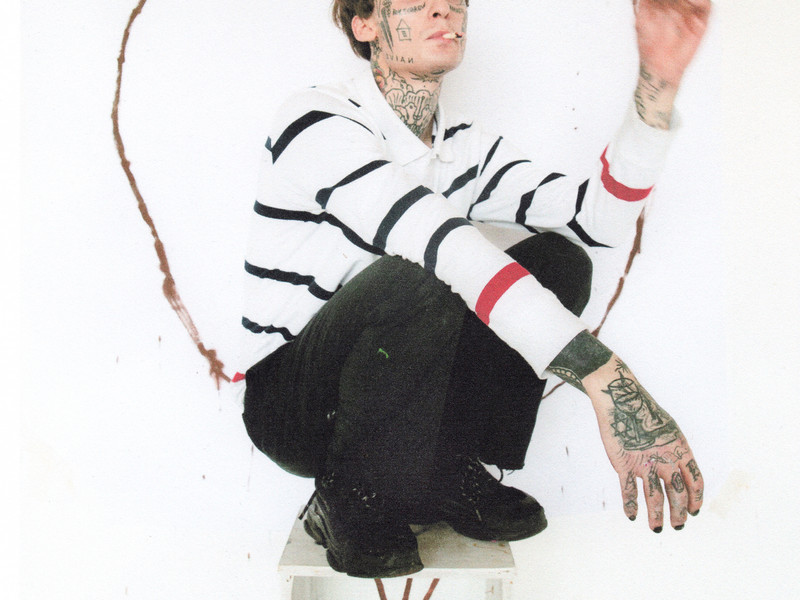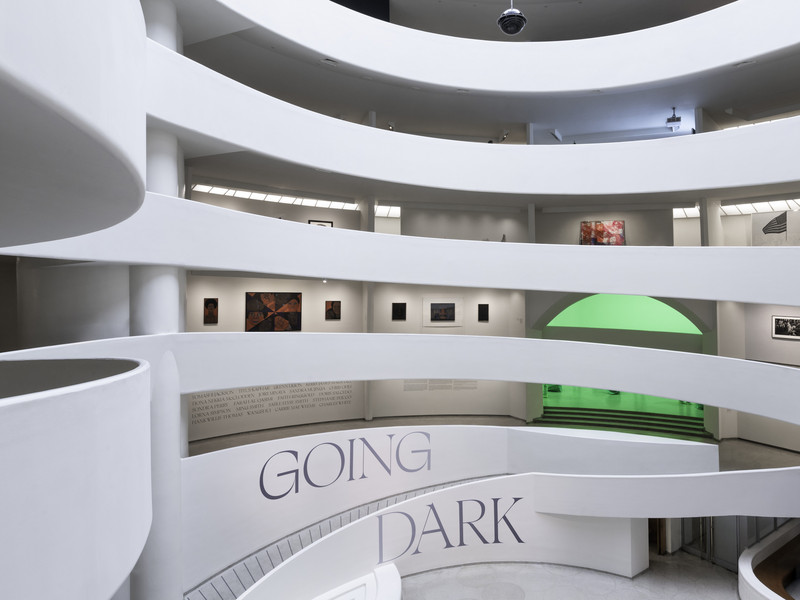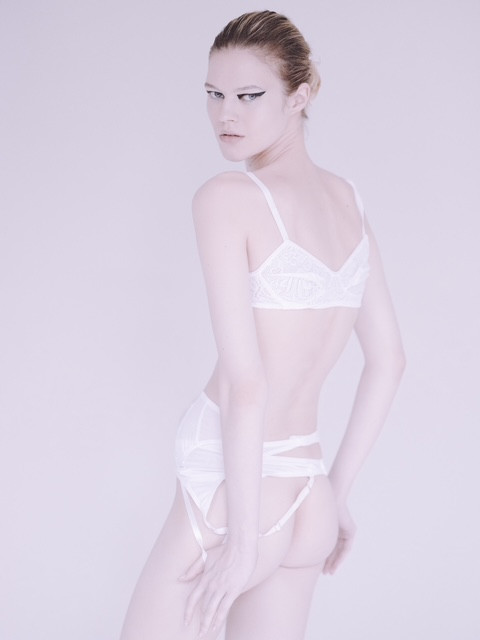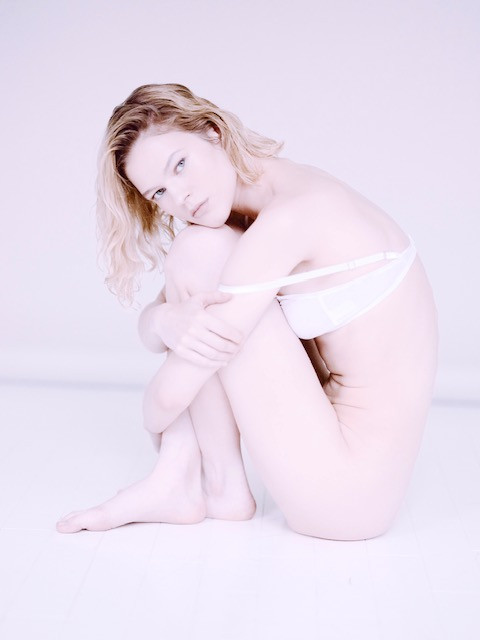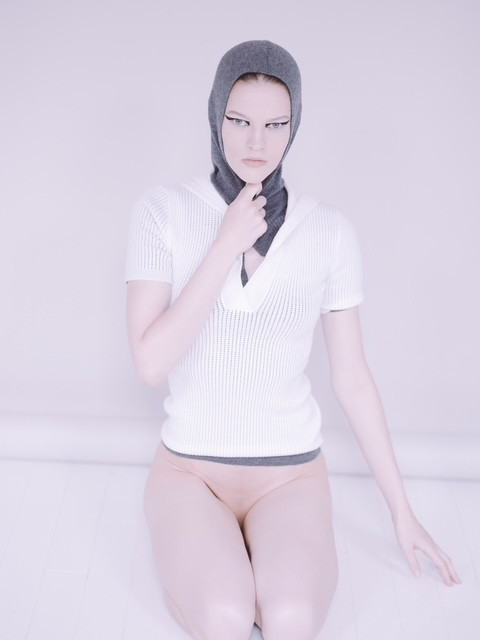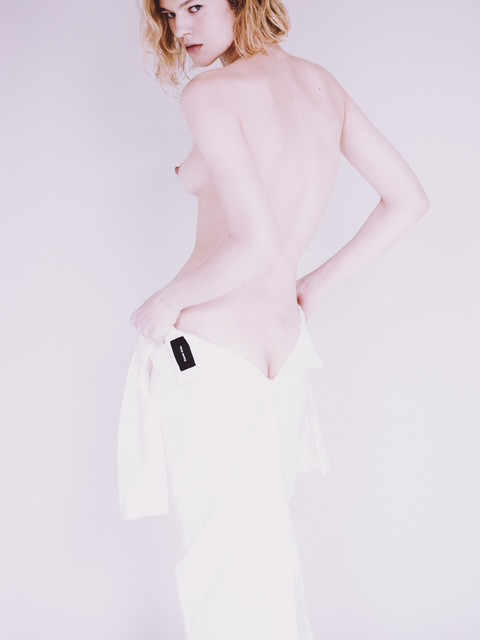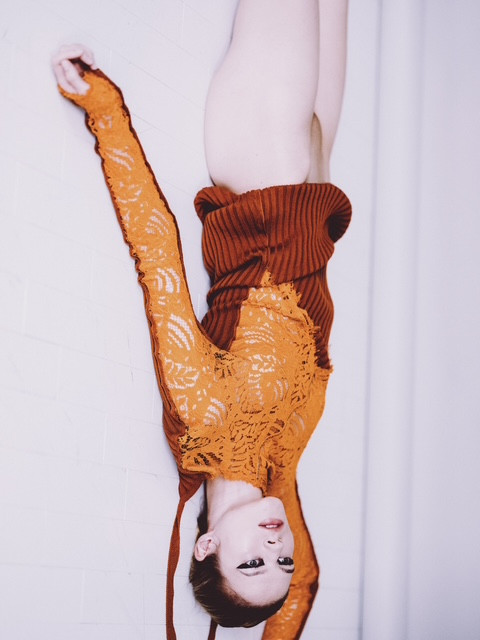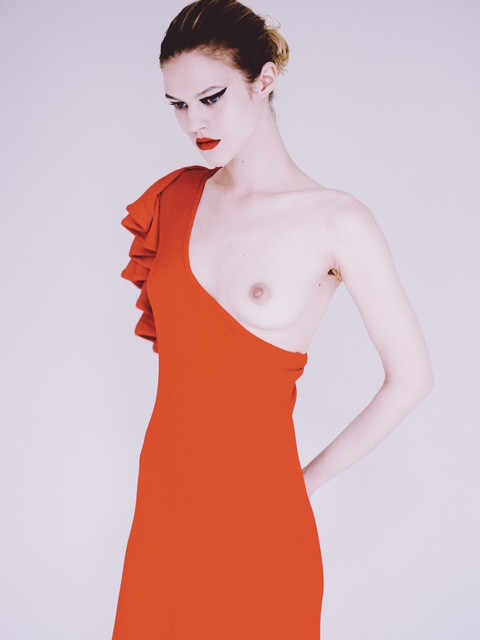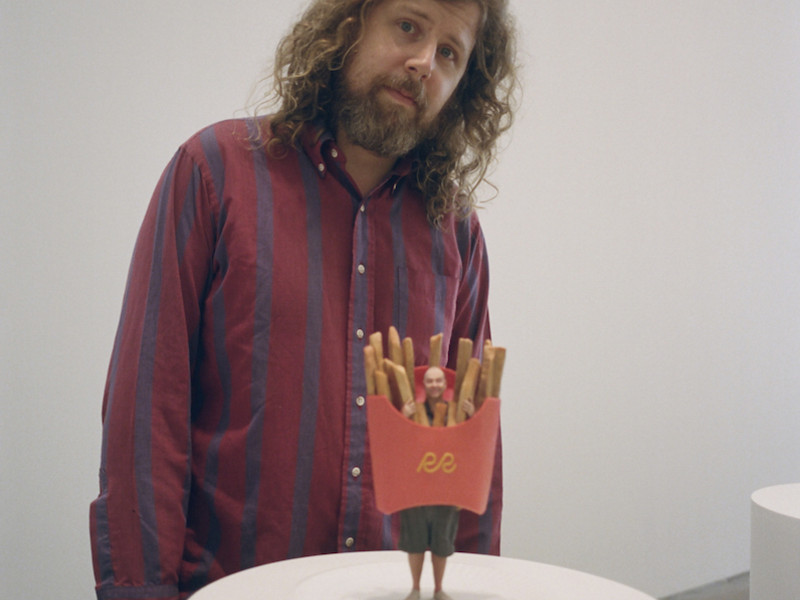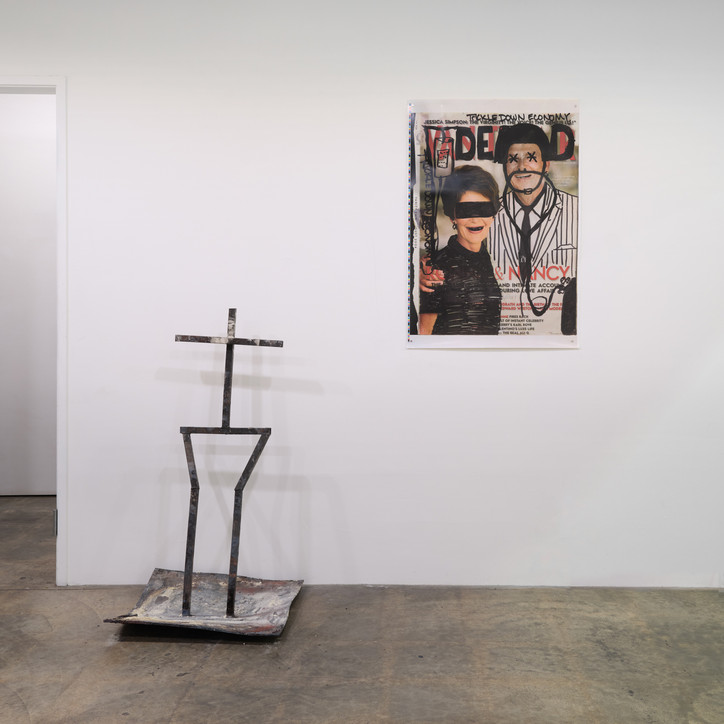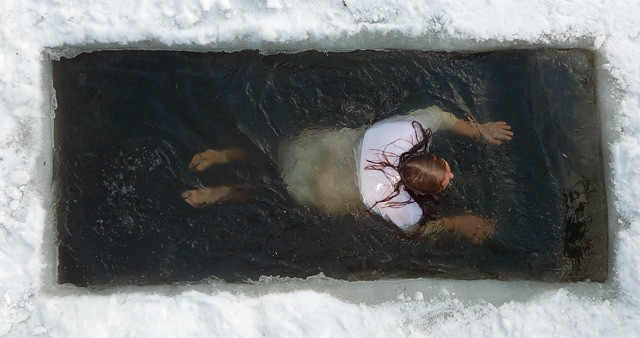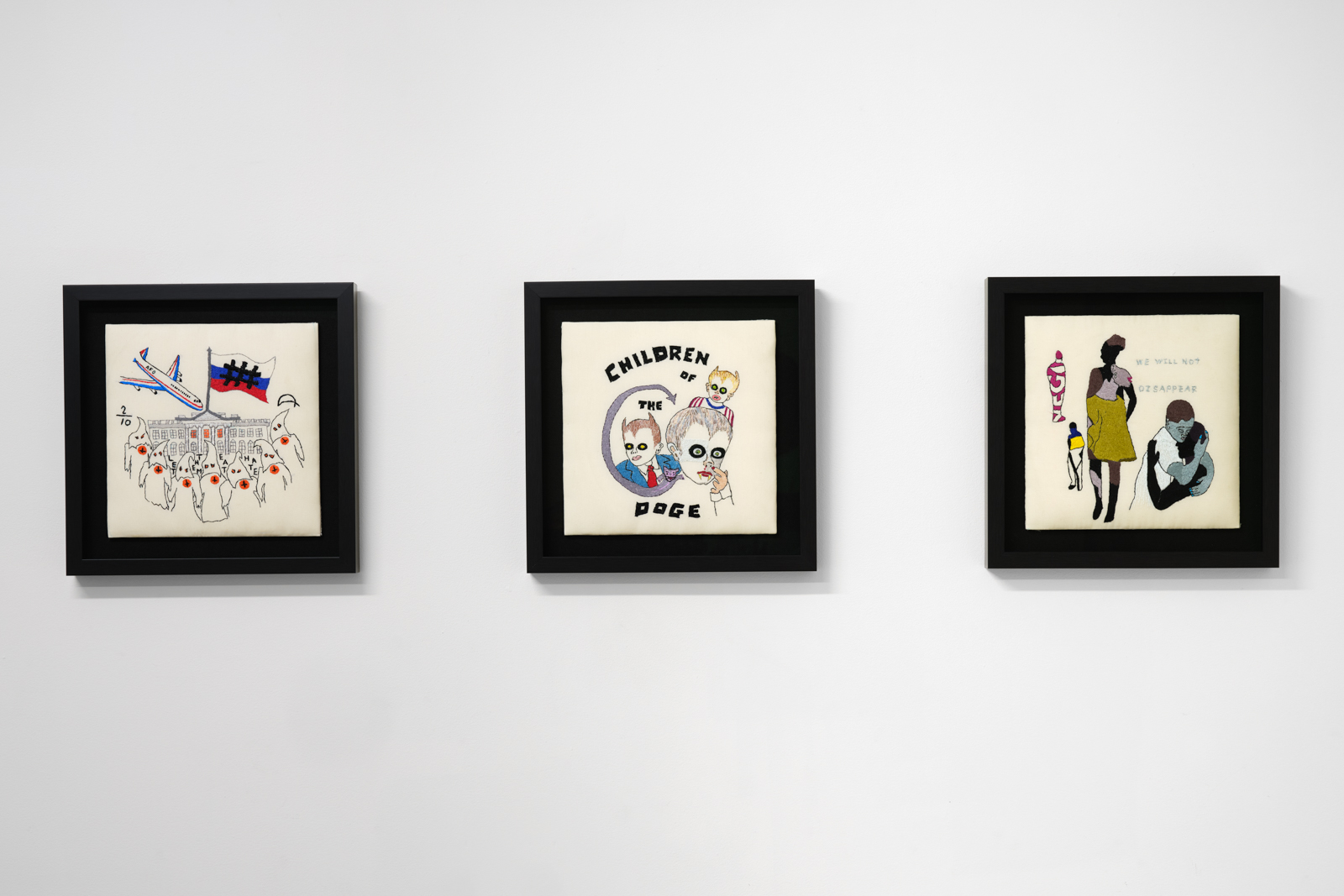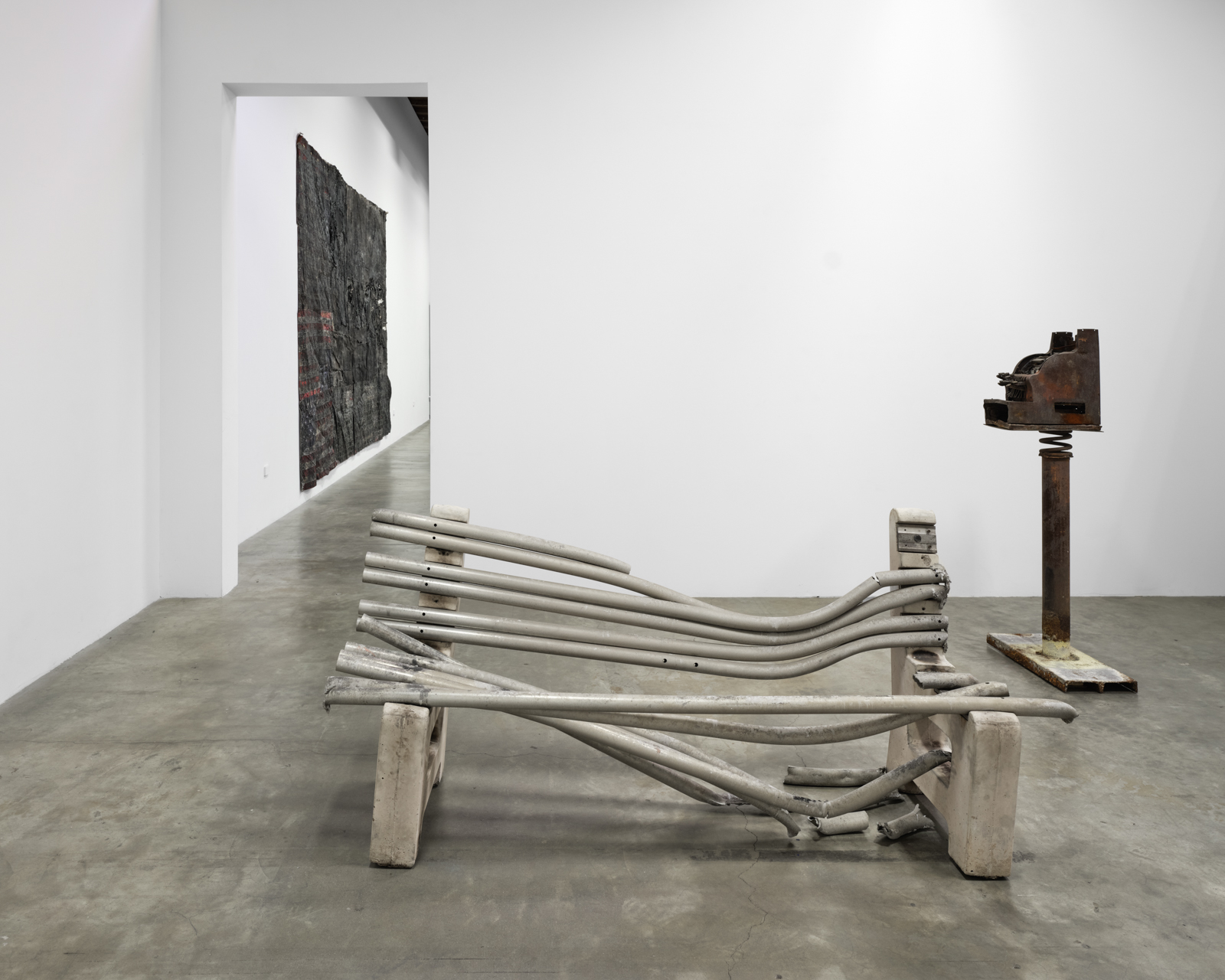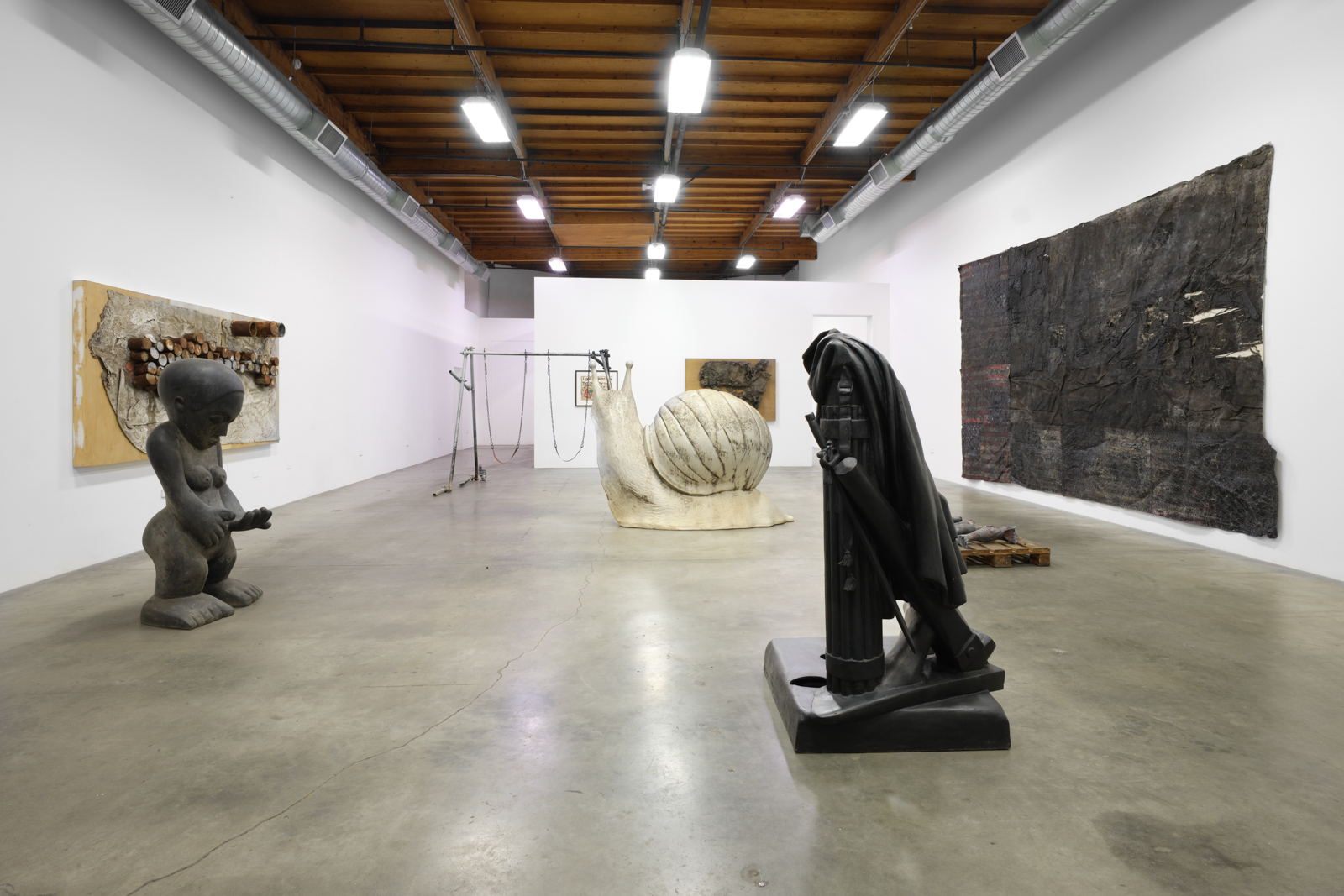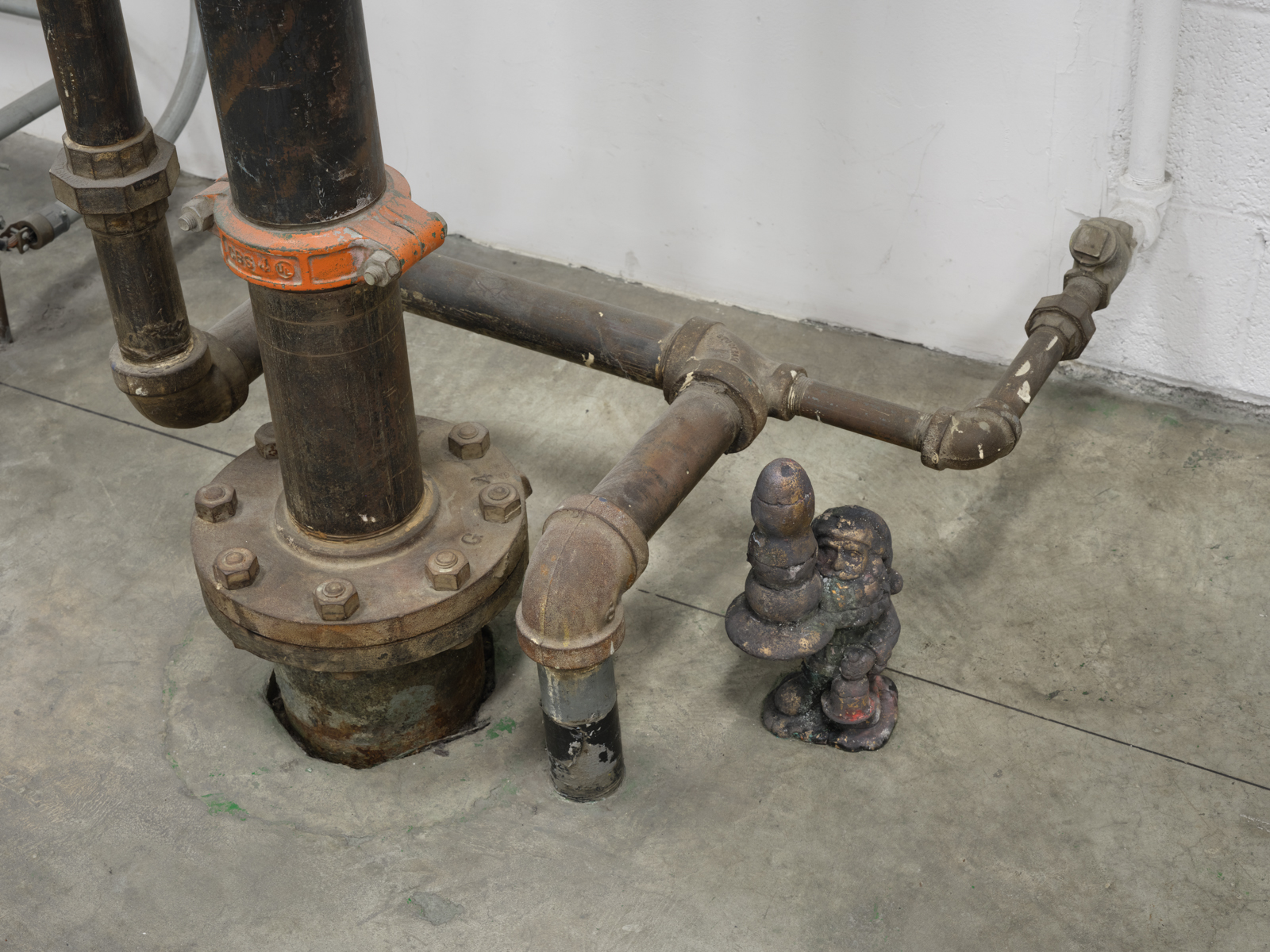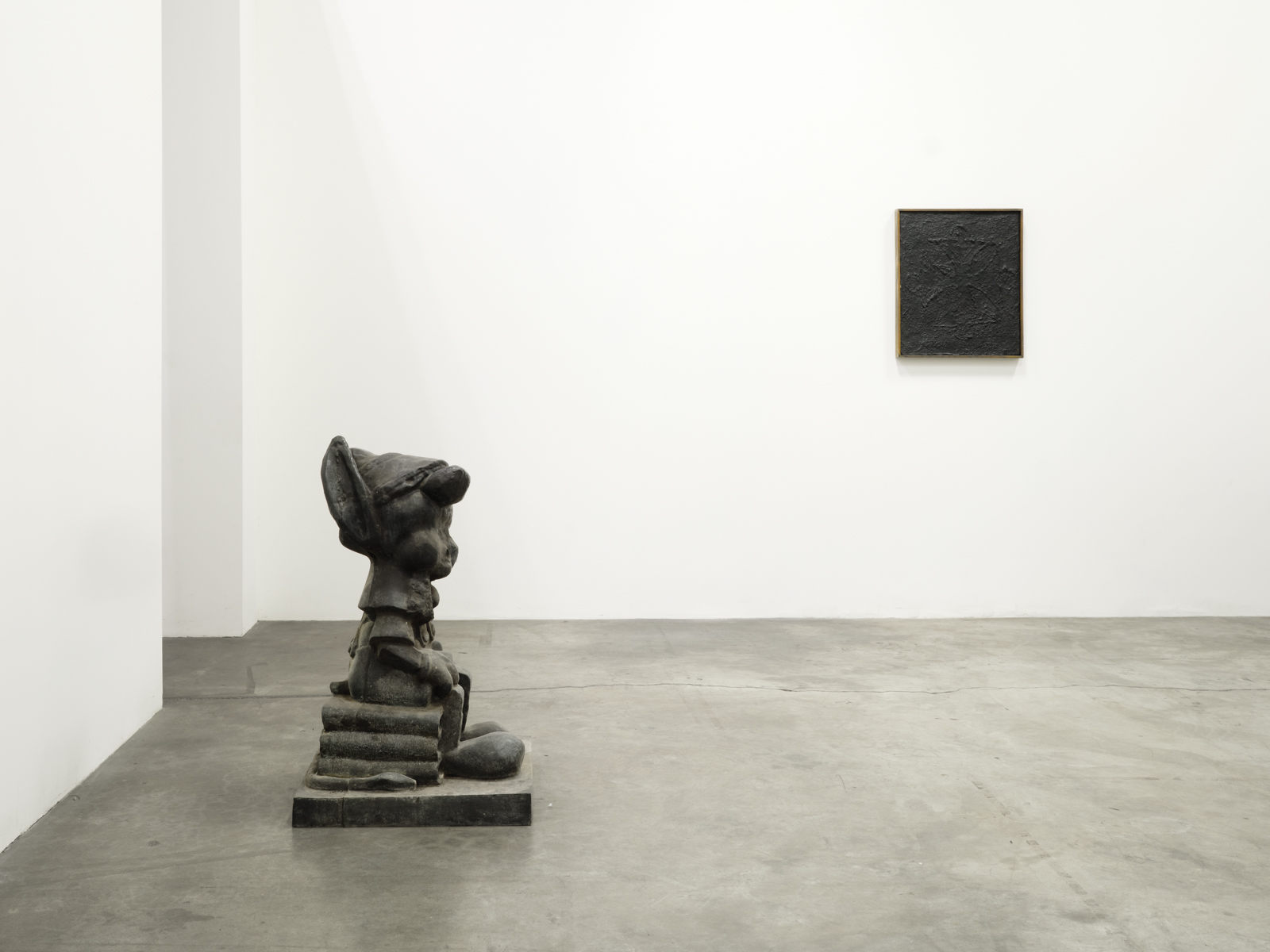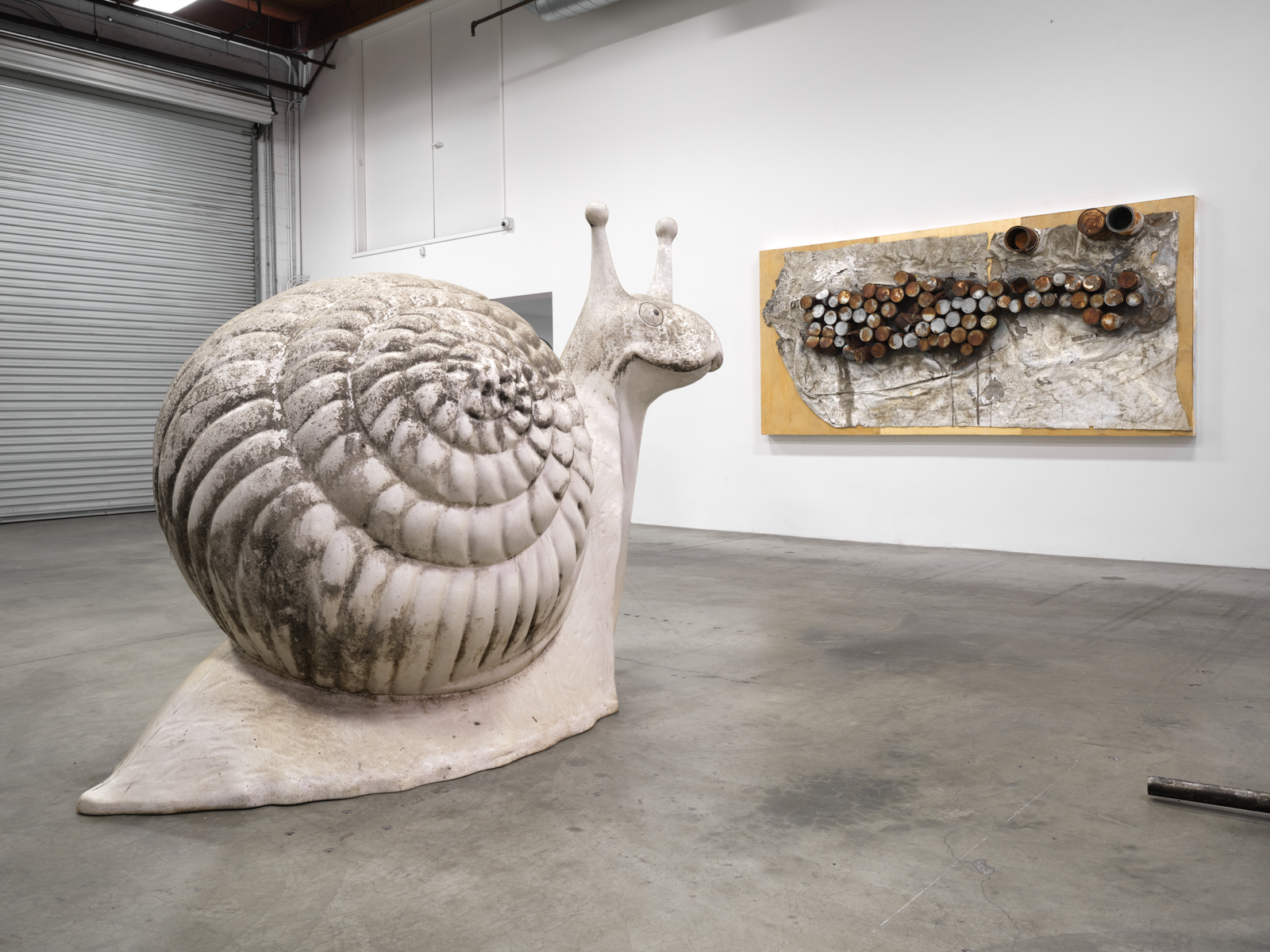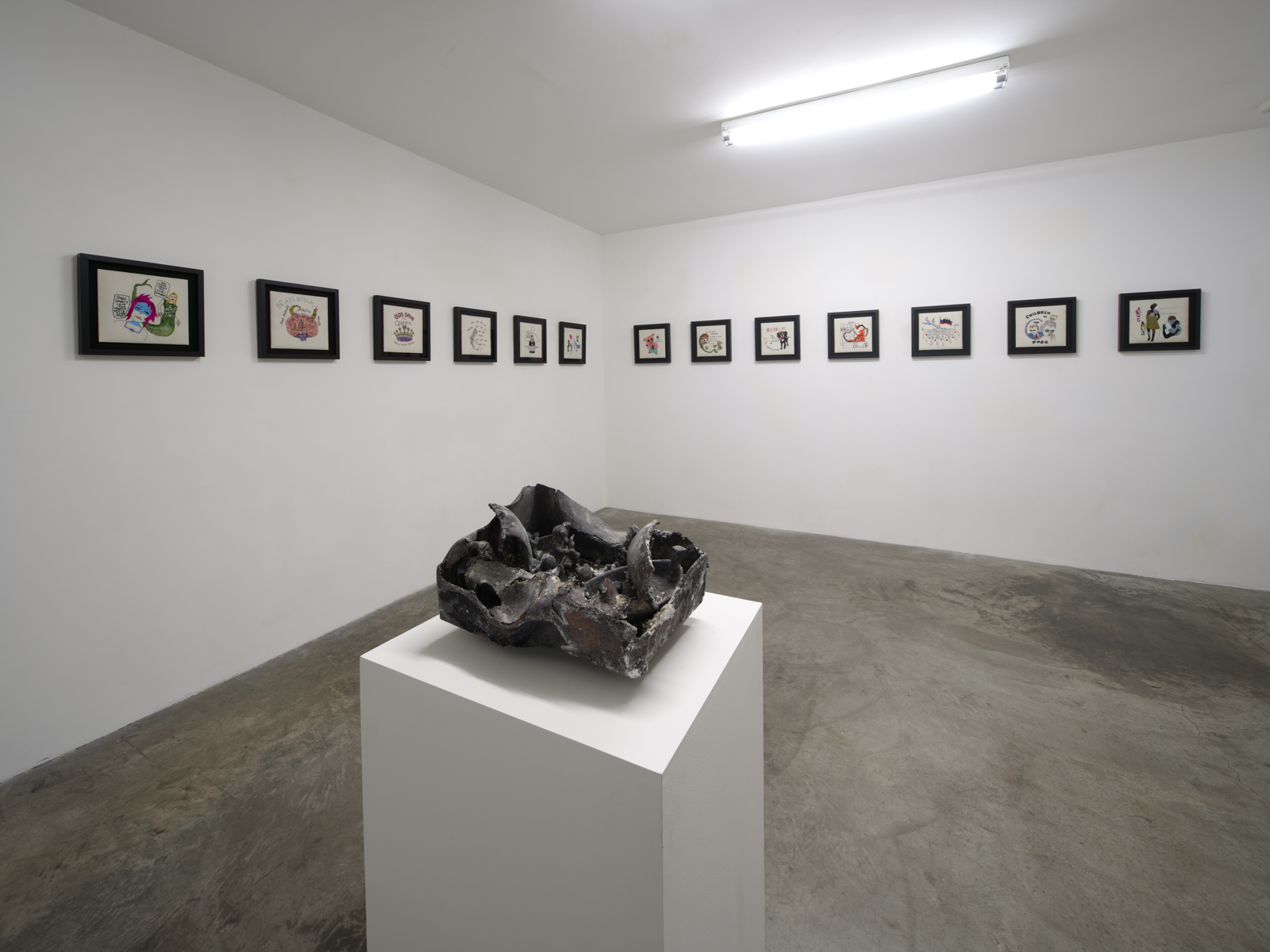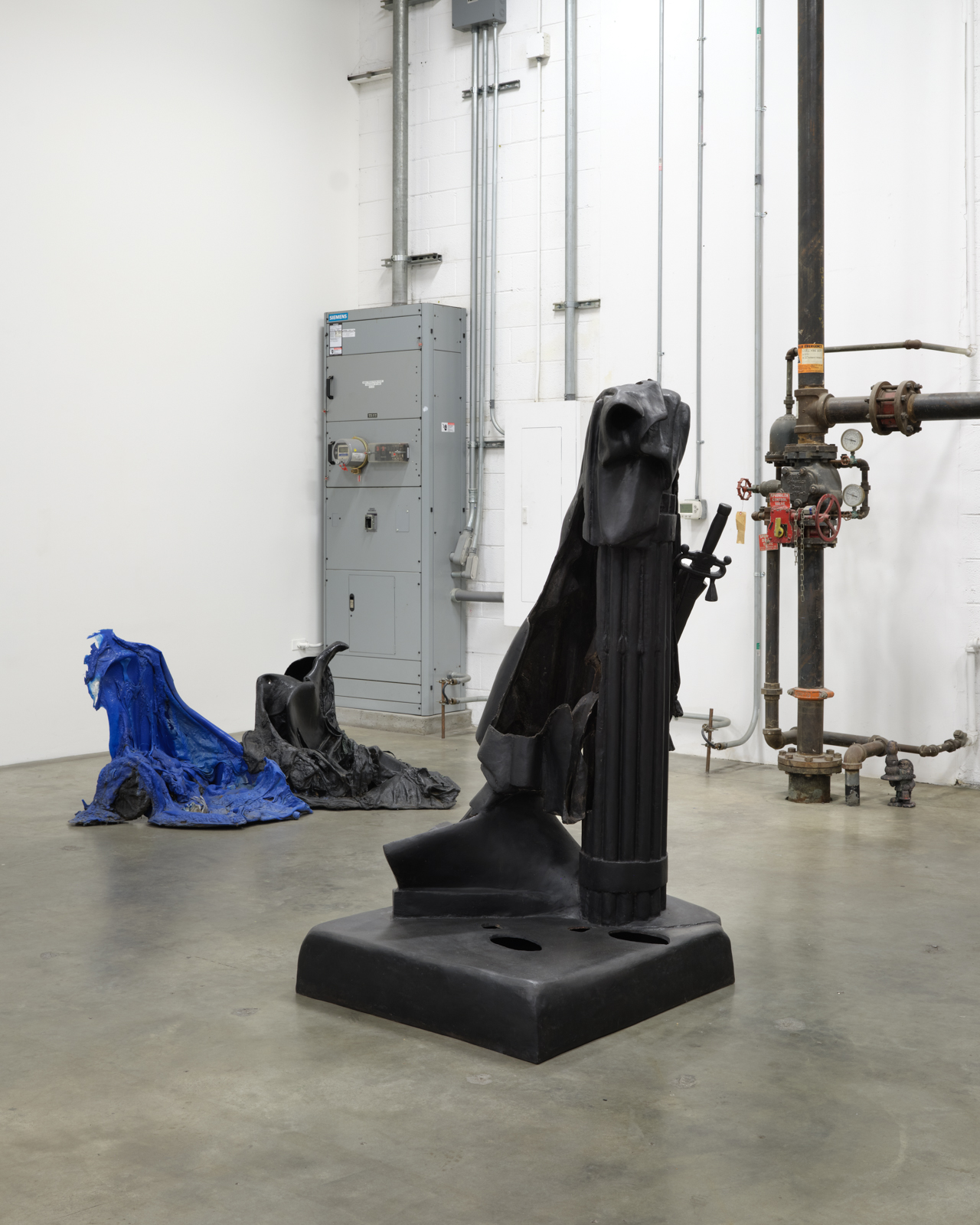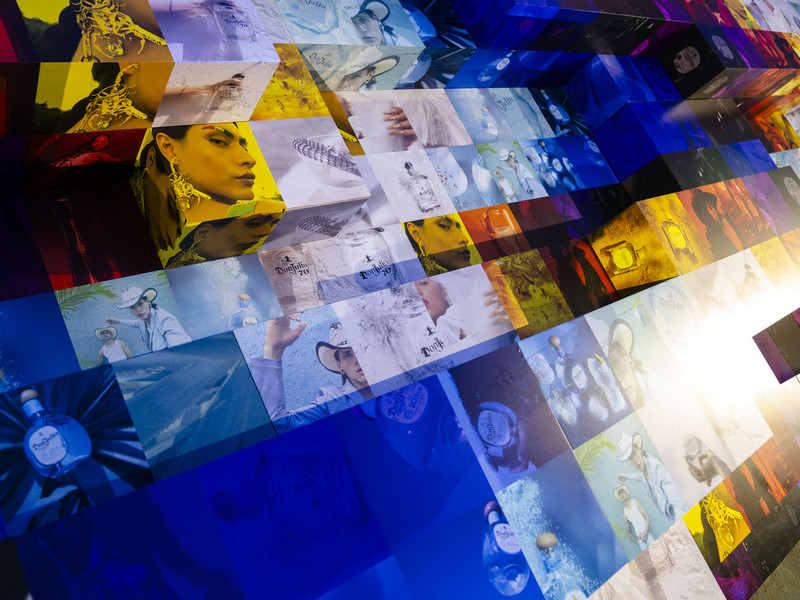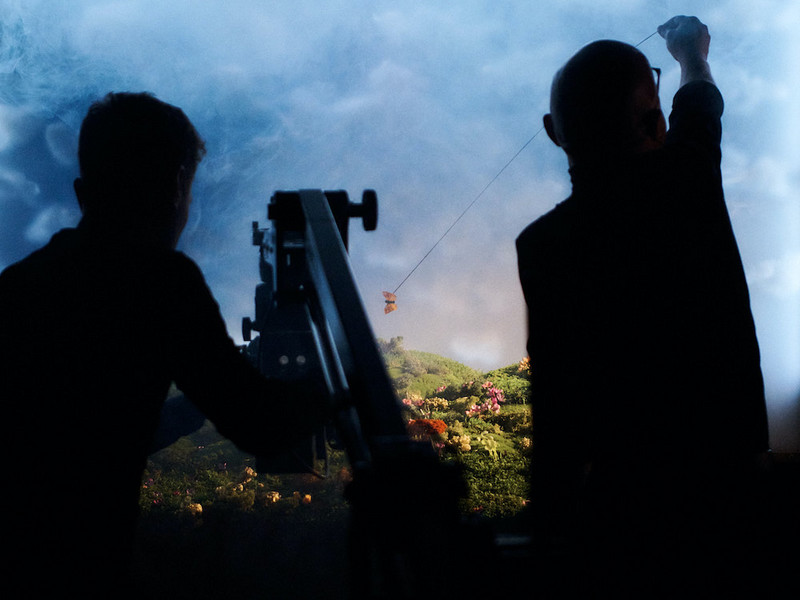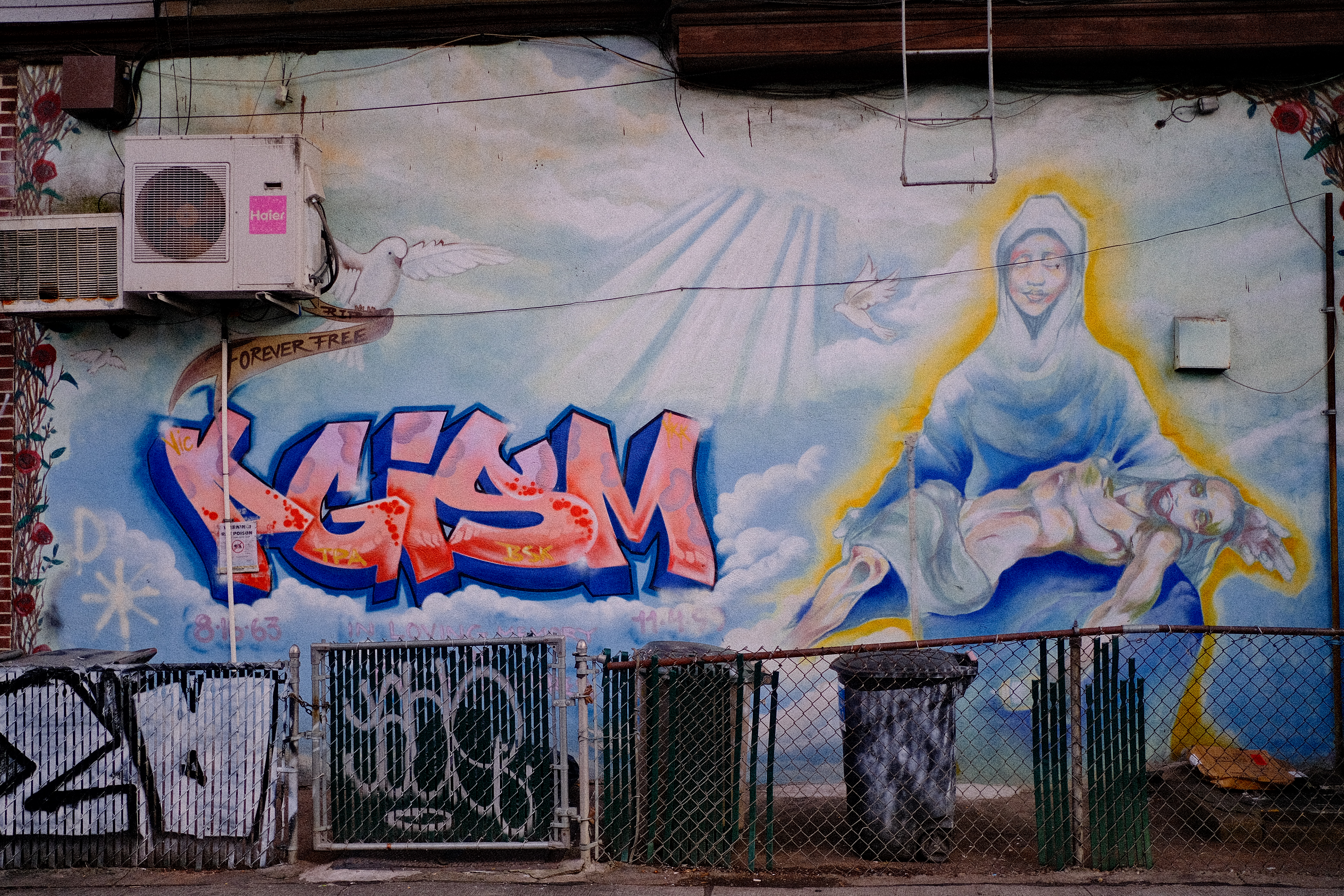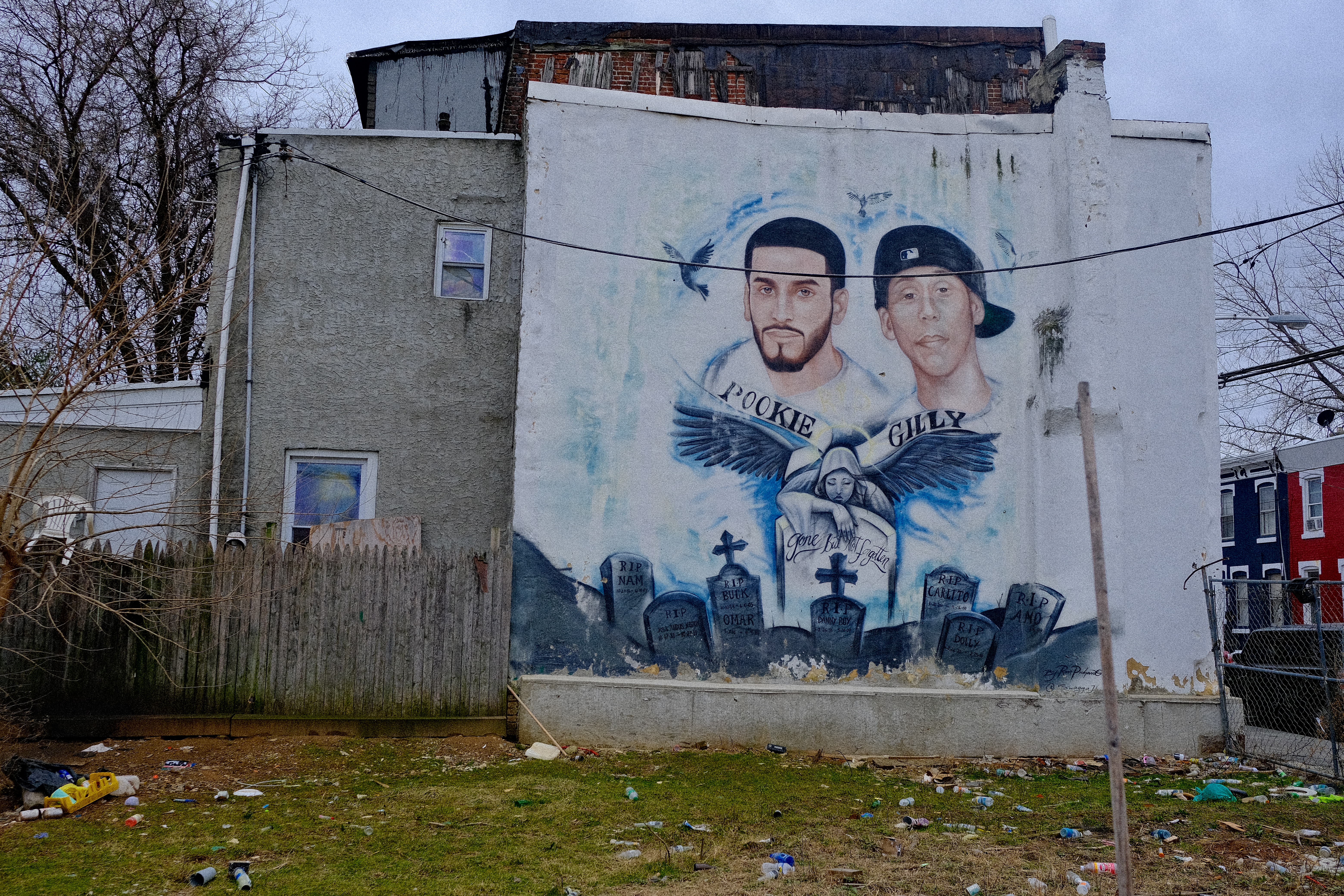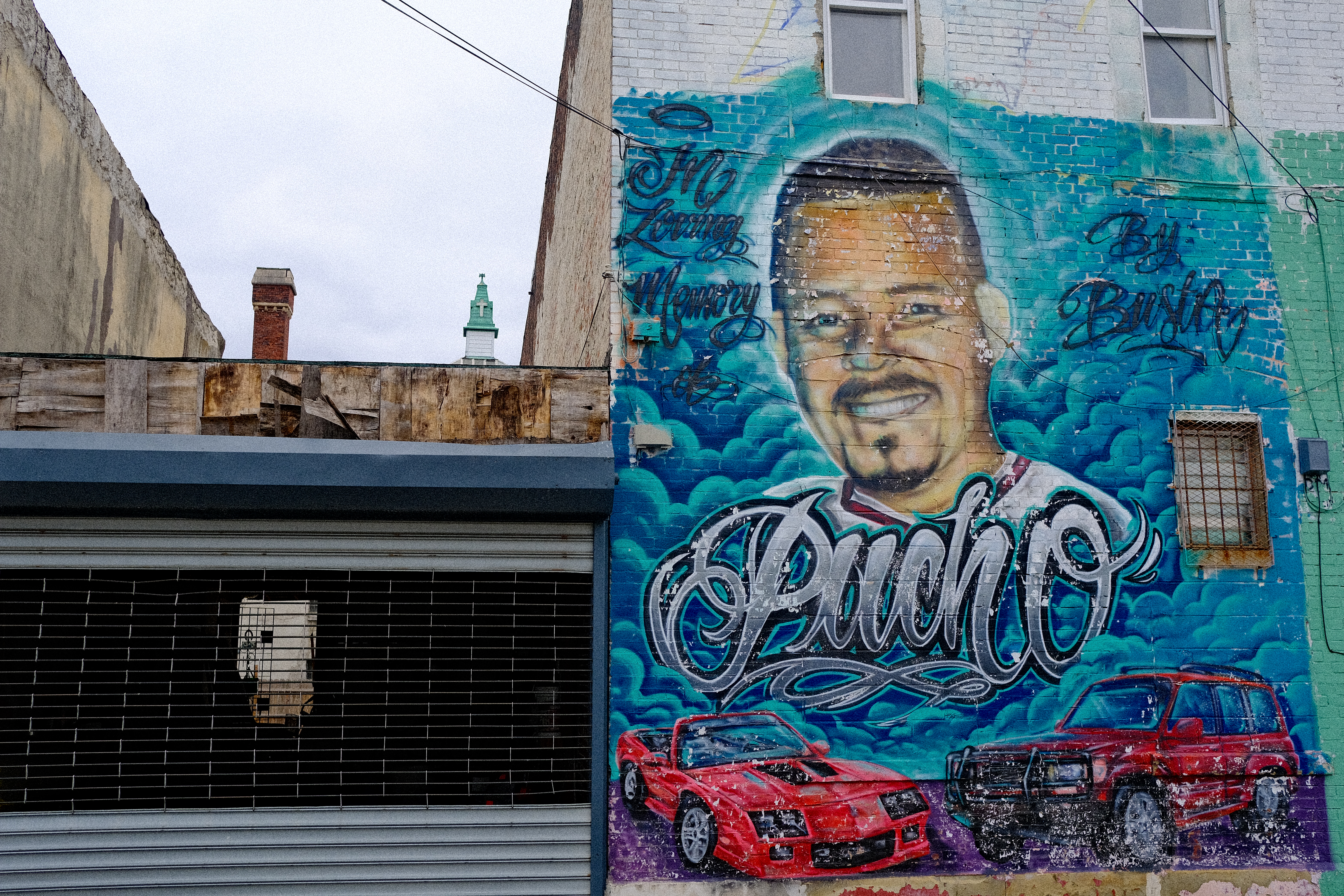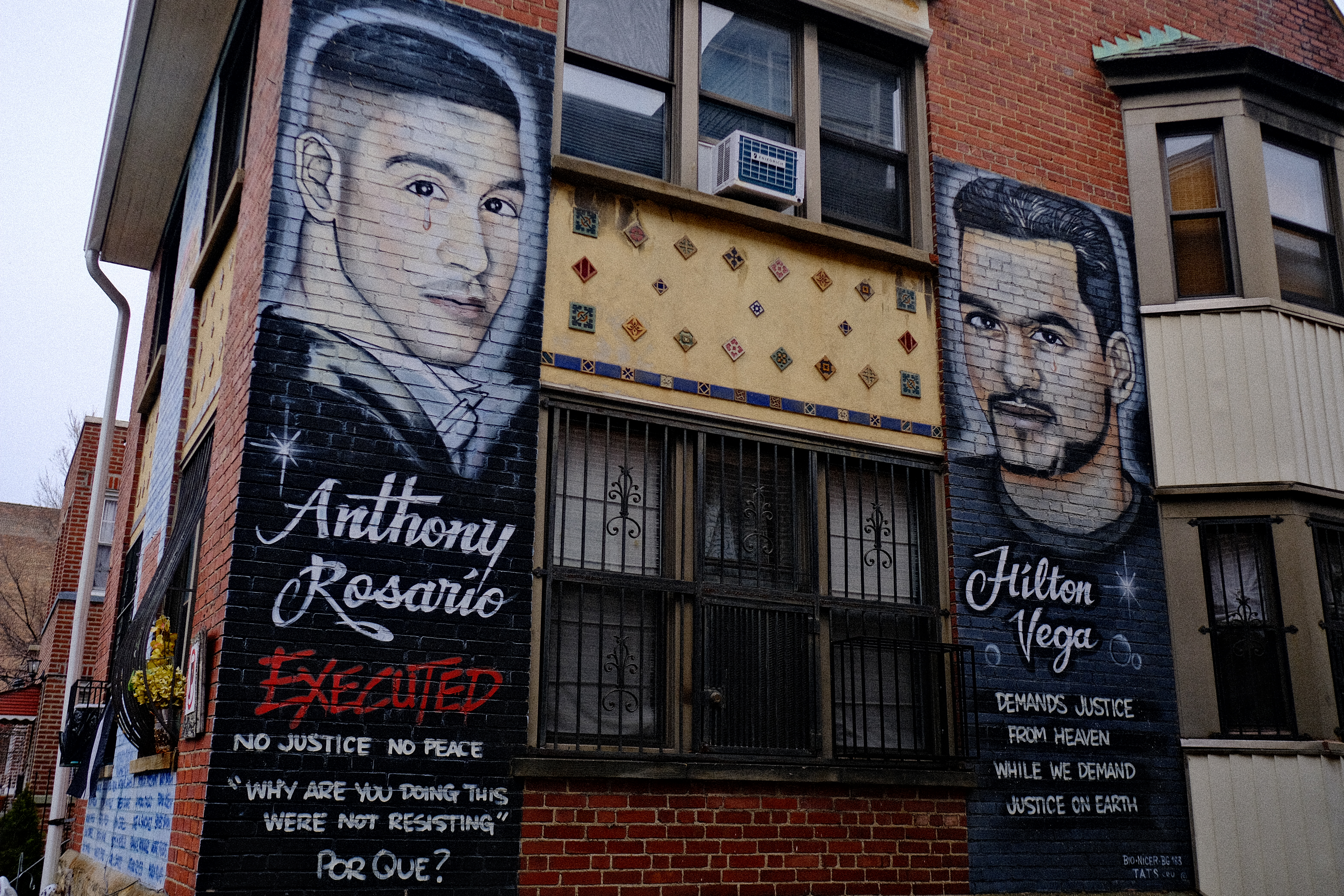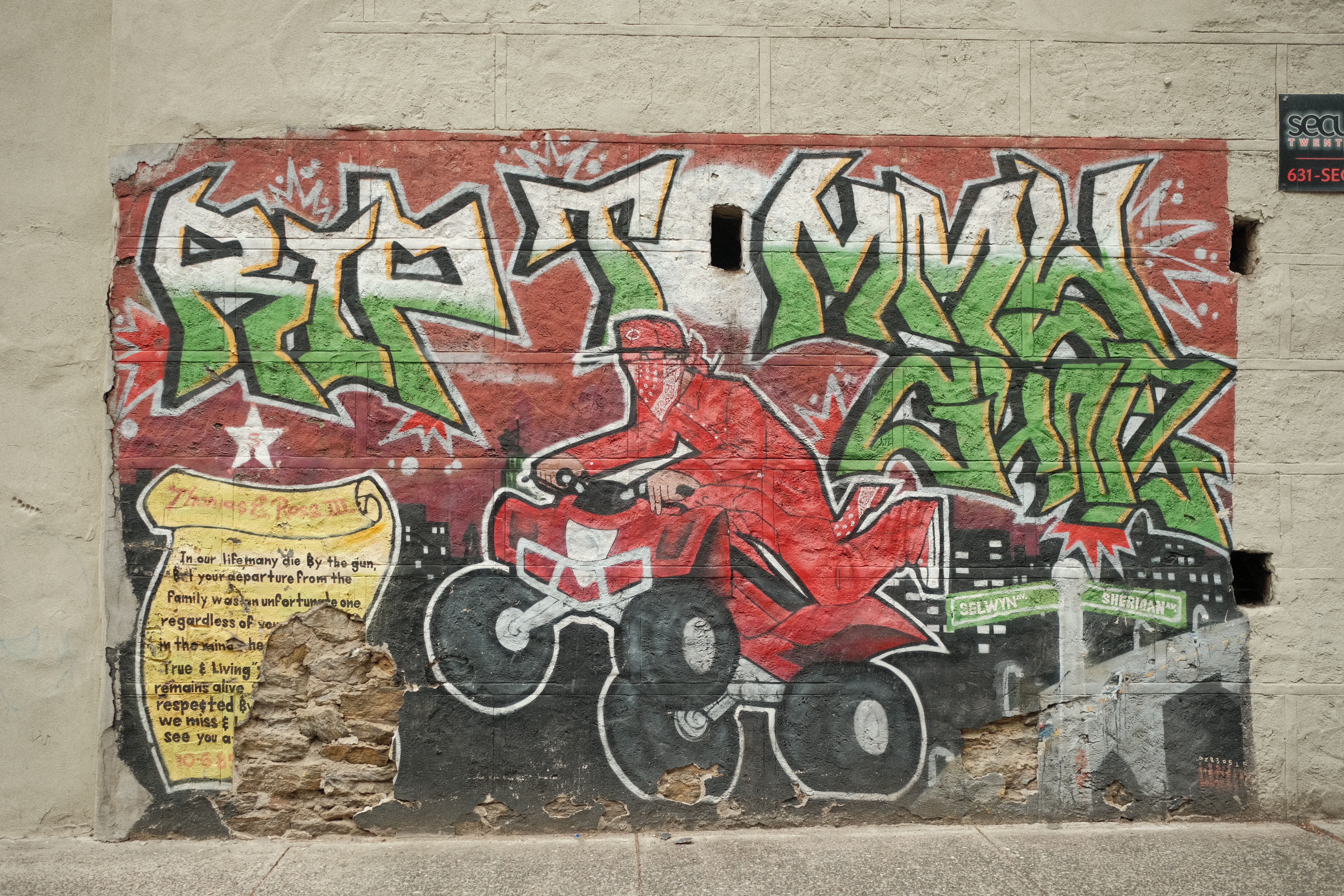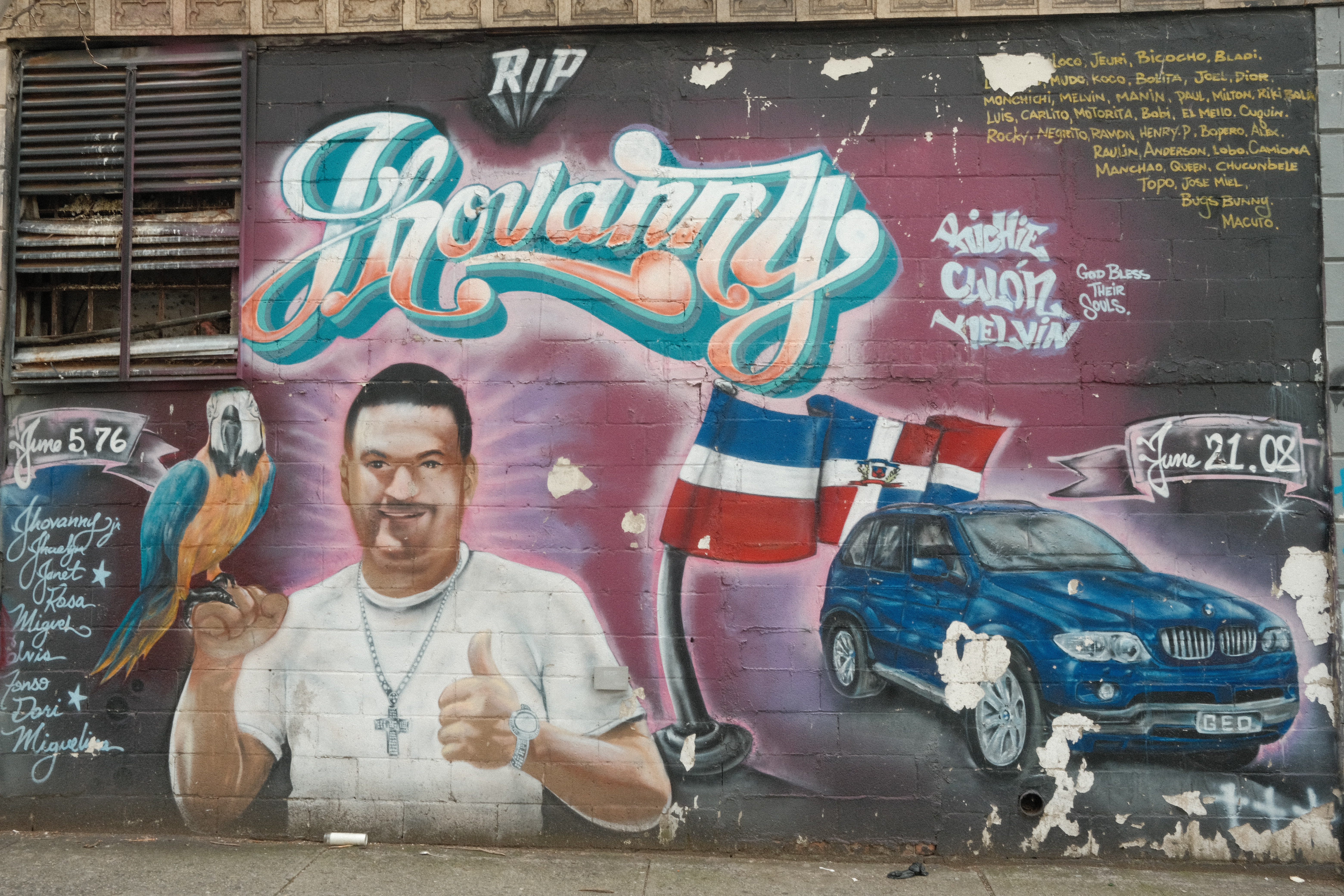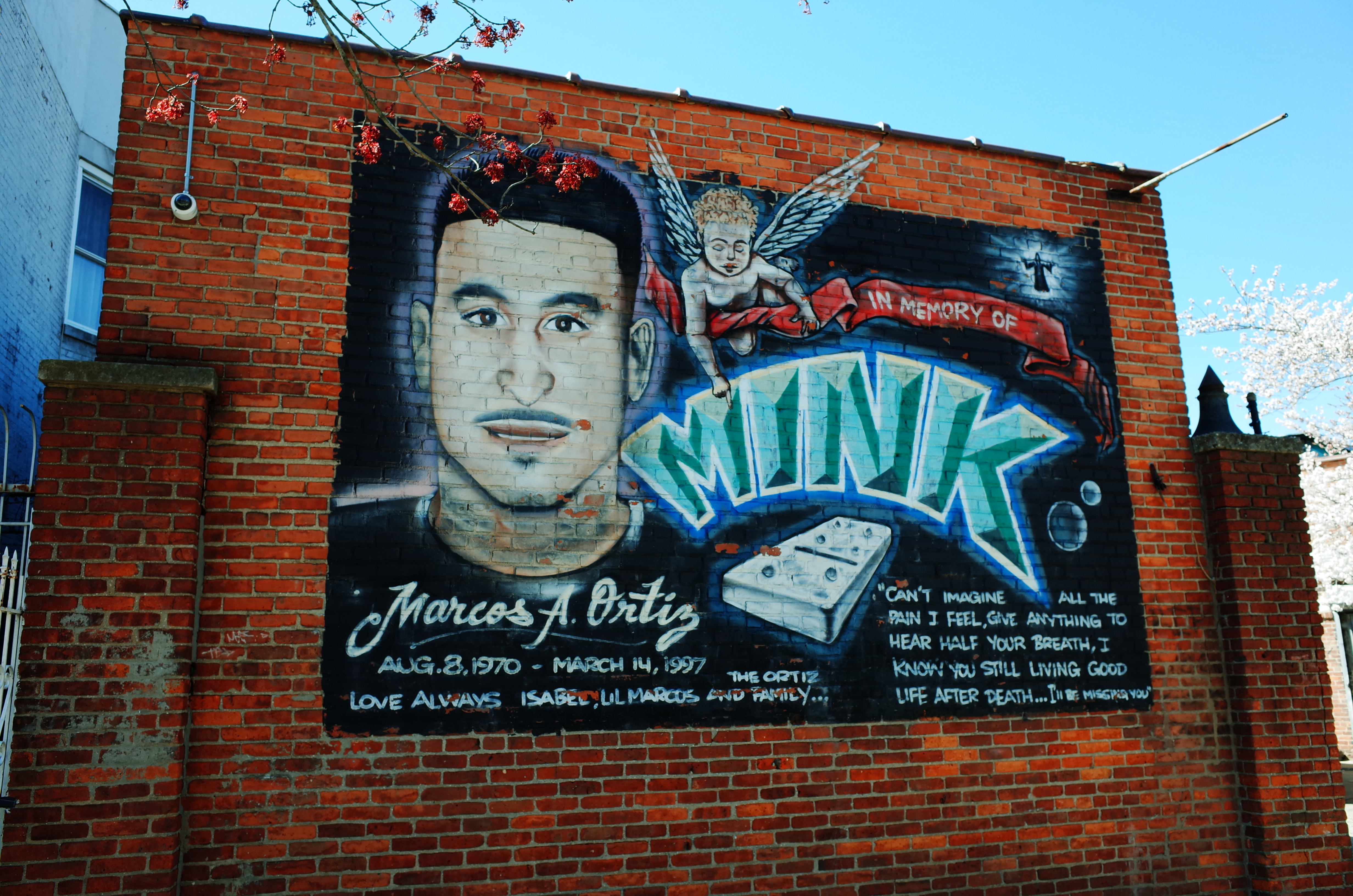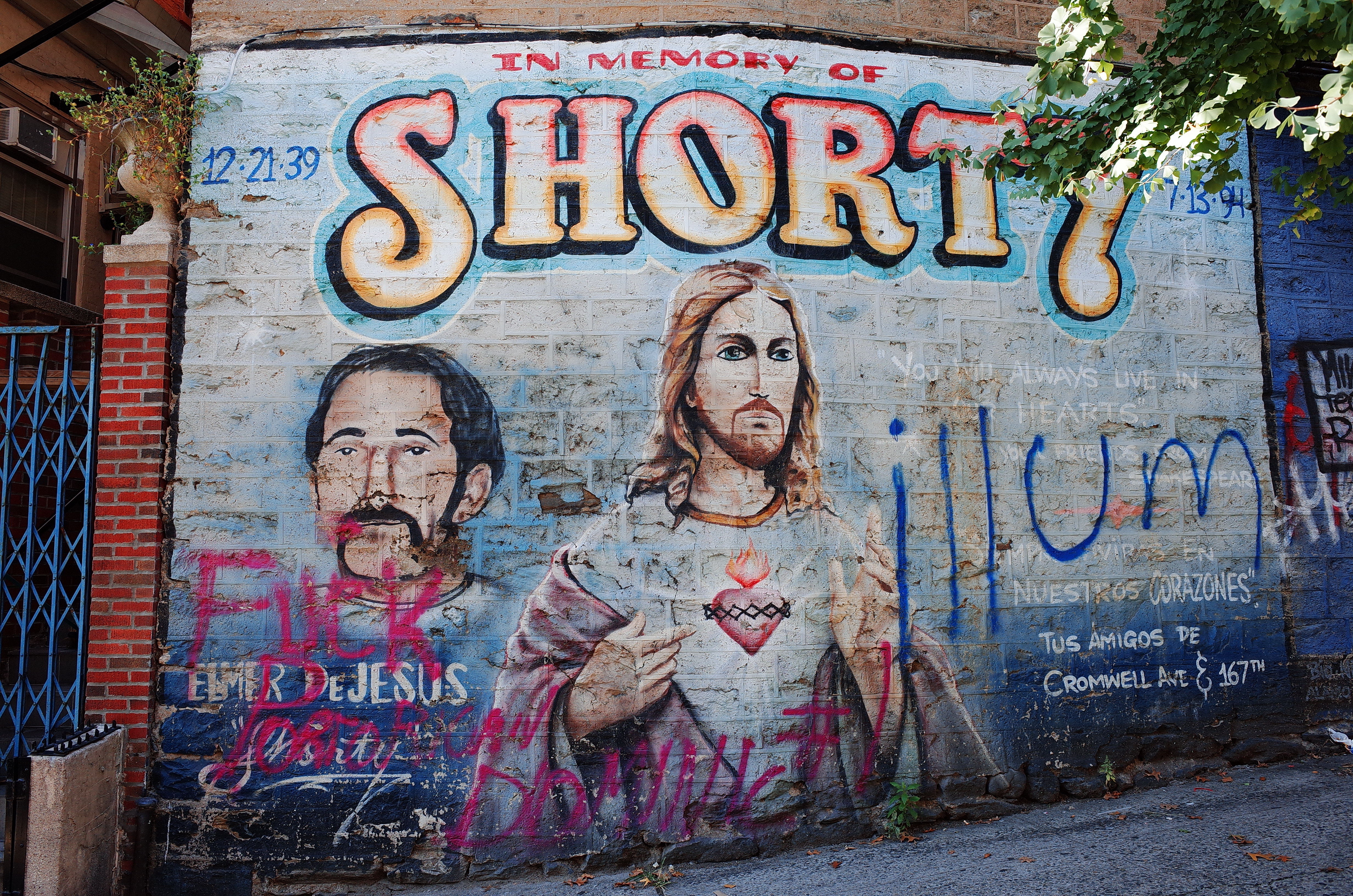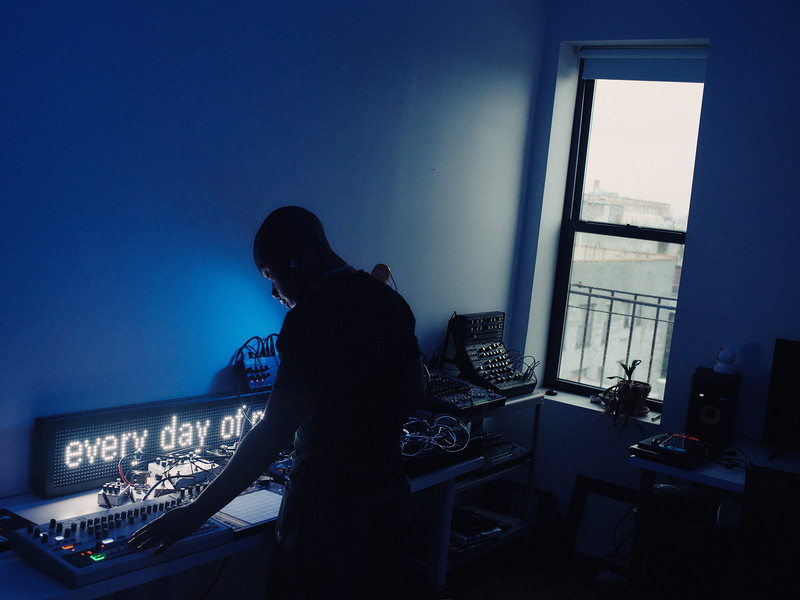Gently, Dreamily, Down the Stream of Eve's Nostalgia
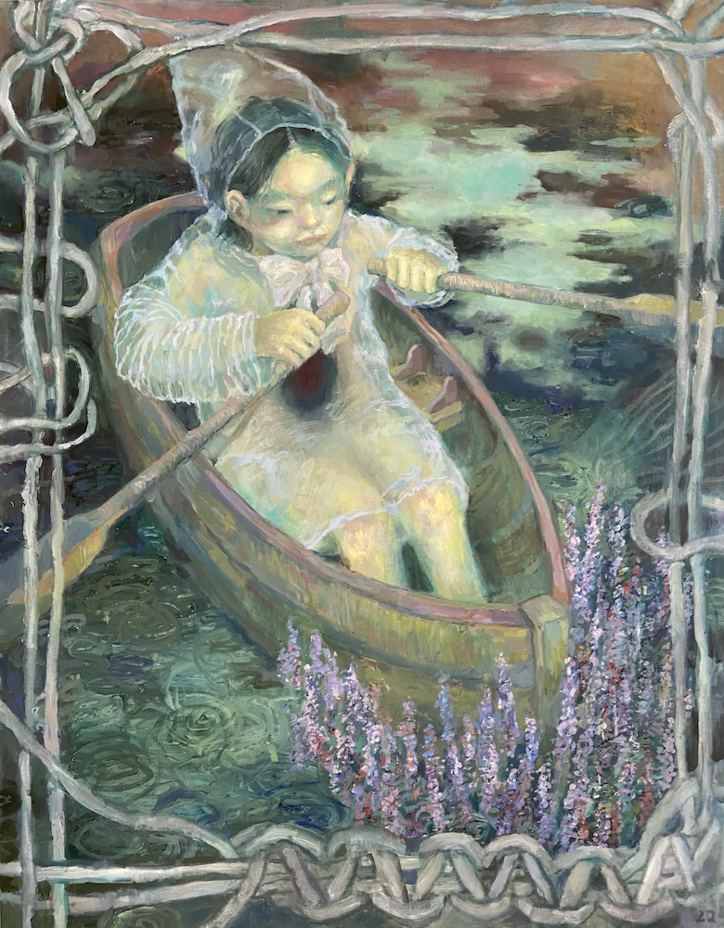
When we get older, we all experience this 'pick me' phase of betraying our younger selves for the licensed maturity and respect of adulthood. We forsake our senses, sensations, and wildest imaginations for a seat at some stupid grown-up table. By the time we've reconciled with our inner child, the memory of those times leaves us joyfully melancholic. It's difficult to actualize that feeling, and Eve does so gracefully. With ease, her drawings, sculptings, and oil paintings fractionalize the motifs of home, comfort, joy, and imagination. Through the usage of furniture, open windows, and childlike beings, Eve builds on those ideals and meanings. Anyone who views her work takes something home to think about. Eve's creations are the goody bags that we needed.
In an office interview, Eve discusses the Studio Ghibli influence, a how-to tutorial for drawing on Procreate, and the relationship she has built with her inner child.
What forms of media influence your art?
I watched a lot of Teletoon Retro growing up, and while it never seemed to influence my work until recently, I've carried a deep appreciation for its fluidity. The movement and designs of each characters are an inspiration that I use to convey more fluidity in my own work. I also loved watching anime in middle school—still do—and I am inspired by the vibrancy of the landscapes that can be found in slice of life and shonen anime like, 'One Piece.' I think in terms of direct reference, I'm inspired by maximalist aesthetics that can be found in a lot of Ghibli films like "The Secret World of Arrietty," "Spirited Away," and "Howl's Moving Castle." I actually have that image of Howl in his bedroom as my laptop screen. Other beautiful shows and films that I derive inspiration from include "Tatami Galaxy," "Houseki no Kuni," and "The Handmaiden."
How would you describe your art in three words?
Nostalgic, glassy, and dreamlike.
When did your love of art begin?
A very common answer, but I think I've always been interested in drawing. For as long as I can remember, I've always enjoyed it. Growing up, I kept to myself frequently which meant most of my time was spent drawing and participating in arts and crafts. While I always enjoyed art, I think I started taking art more seriously around when I was 15 years old. That's when I decided I wanted to pursue it as a career rather than a hobby.
What is it about light pastel colors that you enjoy?
I think my gravitation towards light colors stems from a desire to chase a feeling of nostalgia. I often view memory as submerged in light, and wish to convey that fogginess and light through my work. Similar to a filter. I do want to experiment with darker palettes though, so I expect my work to undergo many transformations in terms of overall contrast and color.
Who are the artists you're inspired by?
I've been a big fan of James Jean for a long time. I adore the fluidity of his line work along with his inclusive color palettes. Recently, I've been interested in objects and glasslike materials in intricate compositions and have been looking to old manuscripts, art nouveau, graphic designers, 3D artists, and ukiyo-e paintings as inspiration. There are a variety of artists that inspire me but immediately I think of Edmund Dulac, Shahzia Sikander, and Kenshi Ozaki.

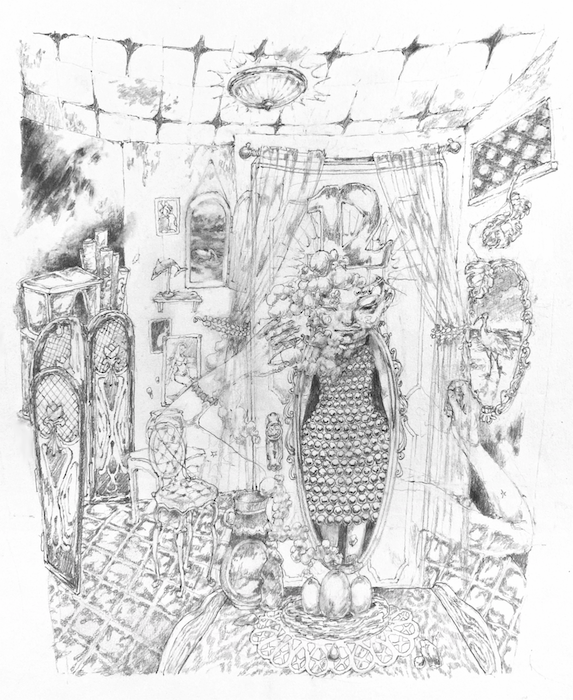
Eve's work is a product of intention. As shown in her virgin black and white samples, the usage of her pencils creates lines and shapes with so much divisive detail. The process of turning her work into the colorful pieces representative in her portfolio takes precision, attention, and imagination. Eve's perception and thought process is saturated with creativity and her technical skills are the artistic cherry on the top. She takes her time on her work. This artist builds on the chosen colors, and no piece of hers goes unfinished without evoking the need for emotion.

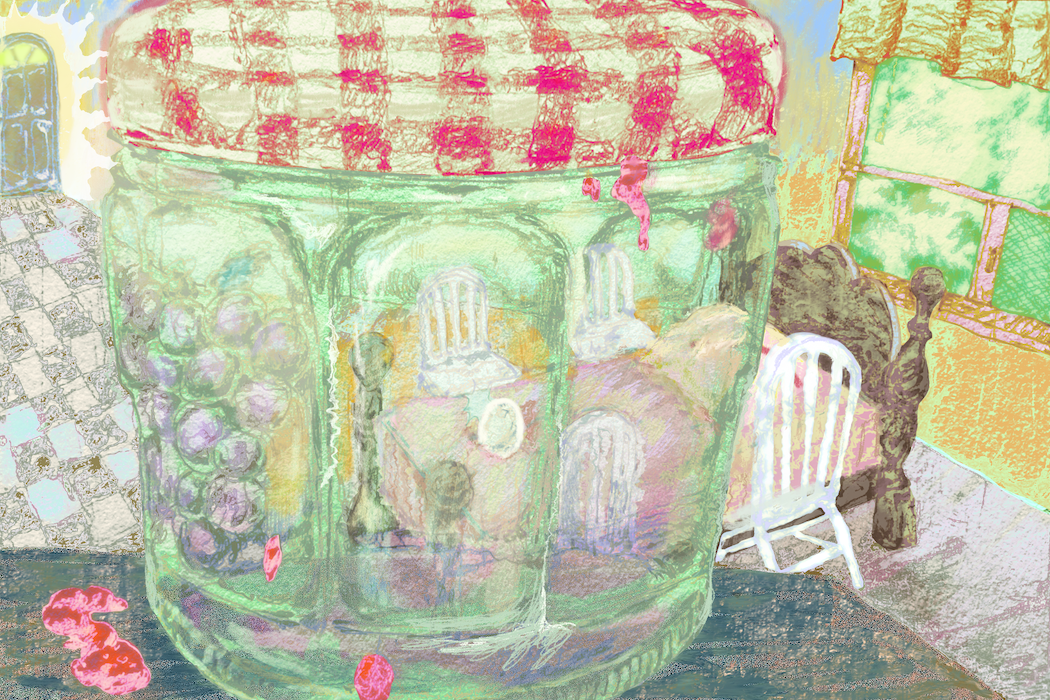
In many of your pieces, the motifs of furtniture are often utilized. What is the purpose behind these depictions?
I used to work exclusively with the human figure as the main subject, but after speaking with fellow artists working with objects as symbolic references, I began taking interest in objects as primary subject matter. I am very interested in furtniture that gives off feelings of home and comfort, as well as objects that feel fragile and intricate, hence my interest in glass and lattice structures.
You've done sculpting, oil painting and drawing— what's your favorite art form?
I really enjoy all of these mediums very much. I hope to continue working with them in the near future. I am currently most interested in drawing, as I am able to achieve a lot of intricacies even within a small surface area. Most of my drawings don't exceed 9x12", but because of this, I can explore many compositions and concepts in smaller amounts of time. Especially, without losing detail. This fast-paced tone has been incredibly helpful in my style exploration.
What is the process of turning your black and white sketches into it's full colorful works of art? How do you choose which colors to use?
I use mechanical pencils on sketchbook paper to create the base drawing, and then scan or photograph my sketches. From there, I import my images into Procreate and use the direct selection tool to lasso out areas of the drawing and use the gradient maps tool to color. Procreate has a few default options but I usually make my own or tinker with pre-existing ones. I usually have a very vague idea about the general atmosphere of the drawing and use a gradient map to tinge the entirety of the drawing to that color. Then, I pick out certain objects that I have an idea of a color for. I never really know what a drawing will look like until I'm finished with the color picking so, it is a process of trial and error. From there, I paint on top of the drawing, or play with layer blending modes and other settings like bloom, gaussian blur, or noise until I'm satisfied with the results.
There are so many child characters throughout your work. How does childhood and child fun enhance your work? Would you ever use motifs of adulthood?
Indeed! I think when I depict childlike figures, I really am harkening back to a younger version of myself, and in doing so, I feel like I am able to work out some of the knots and tribulations of my child self. I consider my work to be very highly encoded, and I strive for many pieces to instill calmness, or a sense of peaceful melancholy. I've been playing with the concept of authority figures and higher powers in my work, and enjoy the idea of a figure that is much wiser than my current and child self. I'm unsure of what an adulthood motif would entail, but I would like to expand my visual vocabulary to possibly more mature themes. Ultimately, I hope to preserve a sense of dreamscape and childlike whimsy in my work— at least for the time being.

